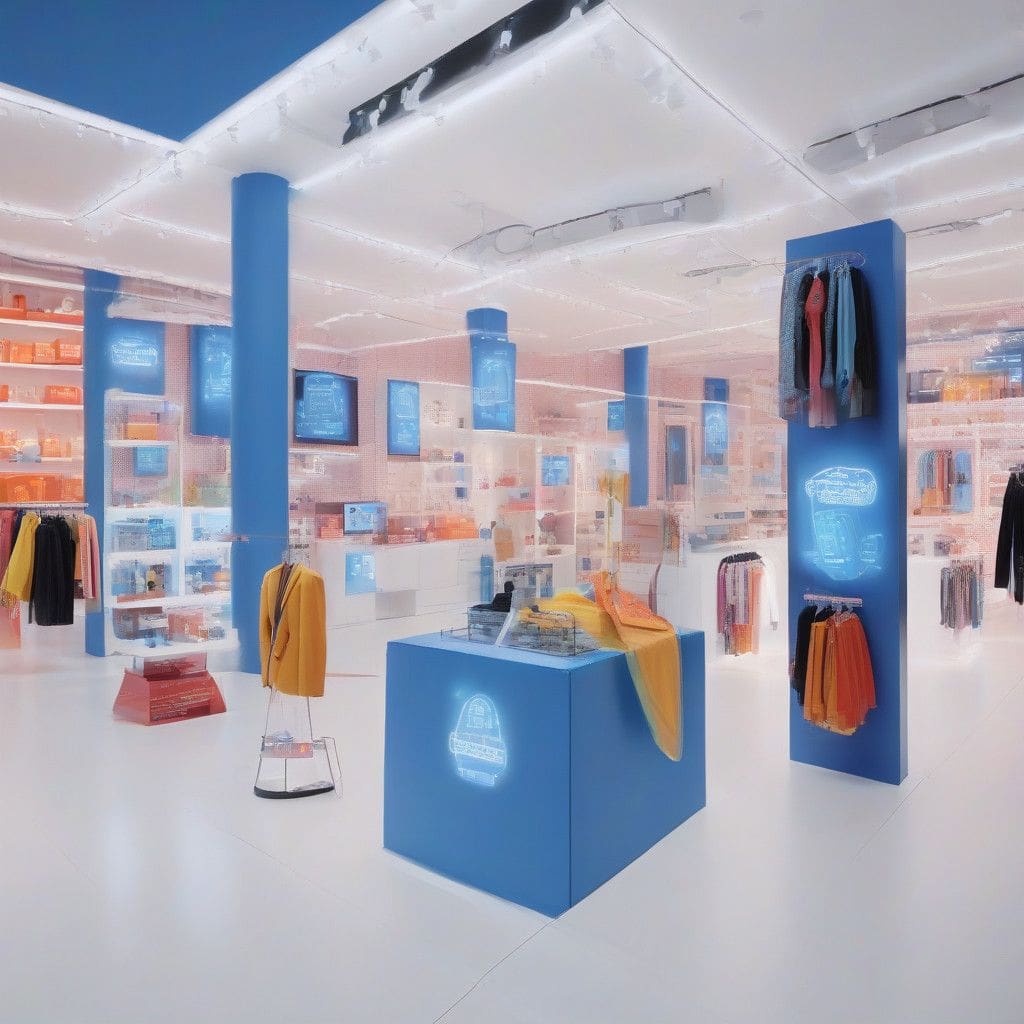The retail landscape is undergoing a significant transformation, and the beloved pop-up store, once hailed for its innovative approach and brand engagement, is facing unprecedented challenges. Rising rents and historically low vacancy rates have made it financially burdensome for many emerging brands to establish retail locations, even temporary ones. Amid these changes, forward-thinking companies are adopting creative strategies that utilize partnerships and unique events to connect with consumers, without the high overhead costs of traditional retail.
Rhode’s recent pop-up in New York City perfectly illustrates the allure of physical retail, drawing a line of over 1,000 eager fans before its doors even opened. These shoppers were not just interested in the chance to purchase the brand’s cosmetics; many hoped to catch a glimpse of founder Hailey Bieber. This scene exemplifies the excitement that a well-executed pop-up can generate, evoking nostalgia for simpler days when the concept was novel.
However, the reality for many smaller brands is markedly different. The tenacity required to capture consumer attention in a highly competitive market has shifted the focus from pop-up stores to more sustainable alternatives. With retail vacancies reaching a decade-low in the U.S. and landlords increasingly reluctant to accept short-term leases, brands are re-evaluating their retail strategies. According to CBRE, asking rents in prime areas like SoHo have risen dramatically, with rates increasing by nearly 60% year-over-year in some corridors.
To navigate this challenging landscape, brands are turning to collaborative models. For instance, the children’s sleepwear brand Petite Plume is creatively positioning itself within existing retail spaces instead of trying to build its own storefront. This holiday season, it will launch a new homeware line through partnerships with locations like Maman, a well-known New York bakery. Such collaborations not only eliminate the substantial costs associated with opening a pop-up but also allow brands to meet consumers in environments that align with their lifestyles. According to Fanny Quehe, the chief marketing officer of Petite Plume, this strategy creates relevant experiences without the hefty investments typically associated with standalone retailers.
This shift away from traditional pop-up stores is echoed by various brands seeking to foster authentic connections with their customers. For instance, Amir Taghi, a women’s wear brand, previously hosted home trunk shows to build a clientele before entering the wholesale market. The success of these small, intimate gatherings illustrates the potential of personal engagement, paving the way for similarly designed marketing strategies.
Brands are also increasingly finding value in experiential marketing that transcends mere transactions. HigherDose, known for its wellness products, sets up wellness lounges at major events like Coachella to engage consumers directly with their offerings. Similarly, Draper James, founded by actress Reese Witherspoon, targets fans by appearing in Hilton’s Graduate Hotels during significant college football weekends. The interactions create a sense of community and brand loyalty, proving that personal touchpoints are instrumental in today’s retail environment.
In this climate of change, the importance of variety in physical touchpoints cannot be overstated. Murali Gokki, a retail expert, suggests that as consumers seek excitement in their purchasing choices, brands must offer diverse experiences. For example, skincare company Orveda deviated from the traditional retail model by opening a spa in Manhattan, providing customers with rich, educational experiences that foster deeper emotional connections to the brand.
The concept of “free real estate” is an emerging strategy where brands join forces with existing consumer-facing businesses. By partnering with companies that have established physical footprints, brands can significantly reduce overhead costs. Piper Parsley, the vice president of marketing at Draper James, emphasizes the advantages of this model, noting that splitting expenses makes the approach mutually beneficial.
Another effective strategy involves targeting existing customer locations. For instance, companies like Loops Beauty select collaboration sites near well-frequented retailers, ensuring greater consumer engagement. Their approach also includes local influencers to promote their events and products, ensuring messages resonate within the communities they aim to serve.
Brands are also discovering unique ways to stay relevant and engaged with their most loyal customers. Philosophy, a skincare line under Coty, transformed part of its headquarters into a clinic where top customers can explore new products and receive in-depth consultations. Such interactions are valuable for generating brand loyalty and fostering a sense of belonging among consumers.
As brands reassess their retail strategies, one truth remains clear: while pop-ups may have fallen out of favor, the essence of experiential marketing and personal connection has never been more vital. Beyond mere sales transactions, forming lasting relationships is now the focal point of customer engagement.
Looking forward, the retail landscape will likely continue to evolve. Brands must consider long-term strategies that include diverse physical presences, partnerships, and consumer-focused experiences. This combination will be crucial in navigating an increasingly challenging environment while still finding innovative ways to connect with today’s discerning consumers.












